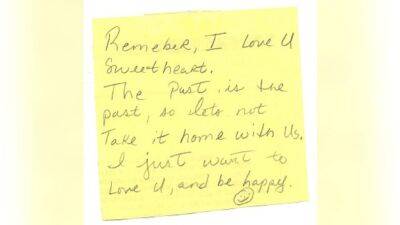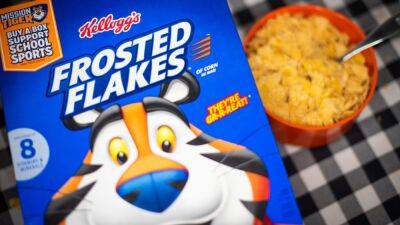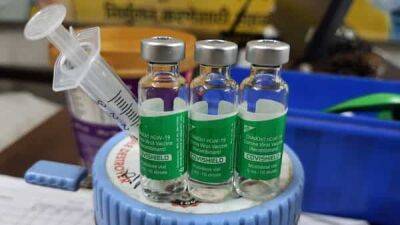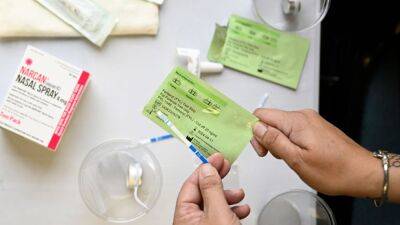USDA proposes new rules on salmonella for food processors — or risk shutdowns
FILE - A worker places chicken breasts in a machine to be weighed and packaged in Paramus, New Jersey, on May 12, 2020. Photographer: Angus Mordant/Bloomberg via Getty Images The CDC says approximately one in every 25 packages of chicken sold at grocery stores contains salmonella bacteria.Since 1998, breaded and stuffed raw chicken products have been associated with 14 salmonella outbreaks and approximately 200 illnesses, the USDA said in a statement.
An outbreak last year tied to frozen breaded raw chicken products caused 36 illnesses in 11 states and sent 12 people to hospitals.The USDA currently has performance standards that poultry processing plants have to meet to reduce contamination, but the agency cannot stop products from being sold.
There is also no adequate testing system to determine levels of salmonella in meat, Eskin said.The proposed new rules require routine testing at chicken processing plants.
Products would be considered adulterated when they exceed a very low level of salmonella contamination and would be subject to regulatory action, including shuttering plants that fail to reduce salmonella bacteria levels in their products, Eskin said."This action and our overall salmonella initiative underscore our view that our job is to ensure that consumers don’t get sick from meat and poultry products," she said. "They shouldn’t be sold if they’re contaminated to the degree that people get sick."In 1994, the USDA’s Food Safety and Inspection Service took a similar step by declaring some strains of E.
Read more on fox29.com



































